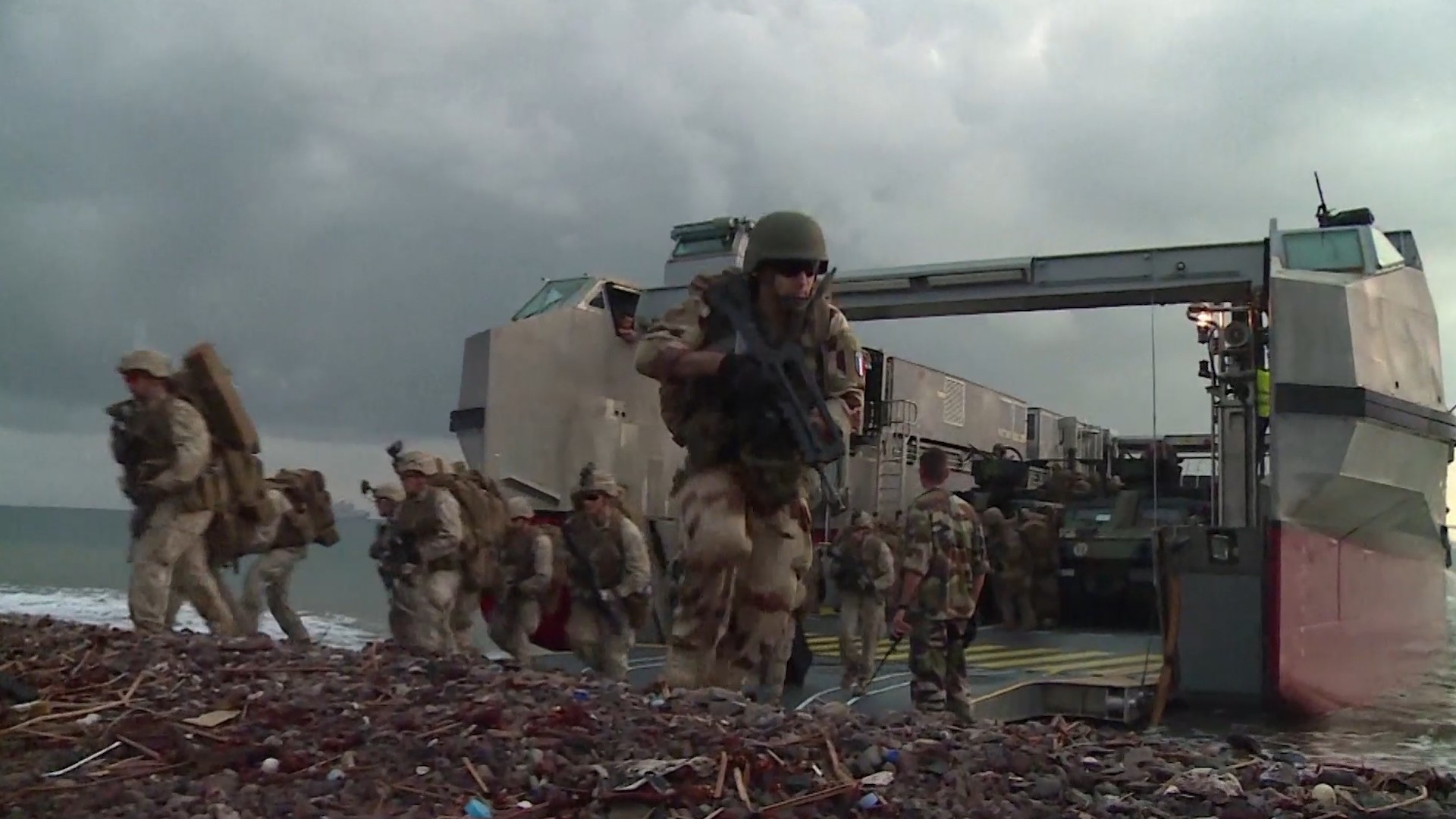The U.S. is officially fighting wars in seven countries, including Libya and Niger, according to an unclassified White House report sent to Congress this week and obtained by the New York Times.Known officially as the “Report on the Legal and Policy Frameworks Guiding the United States’ Military Force and Related National Security Operations,” the document is part of a new requirement outlined in the 2018 defense spending bill. The White House is already required to update Congress every six months on where the U.S. is using military force.READ: More bombs, more boots, more casualties: Trump’s first year a commander-in-chiefThe new report comes at a time when the Pentagon has expanded its war authority in several active conflicts while adopting an increasingly secretive approach, and is likely to raise new and old concerns around the constitutionality of executive war-making privileges put in place after September 11, 2001.Here's what you need to know.Though President Donald Trump campaigned on a more isolationist foreign policy platform, he’s largely expanded or reinvigorated his predecessor’s conflicts in Afghanistan, Iraq, Syria, Yemen, Somalia, Libya, and Niger. The report gives the clearest indication to date of America’s most pressing military conflicts under Trump, largely detailing an uptick in direct and indirect combat, as well as “advise and assist” operations across all regions.In Afghanistan, the U.S. continues its 16-year-long battle against the Taliban, the Haqqani network, Al Qaeda, and the Islamic State. Trump announced a new strategy last summer that centered on boosting the troop count and greatly increasing airstrikes. In Iraq and Syria, the U.S. saw major gains against the Islamic State, clearing 98 percent of territory once held by the terrorist organization, though not without heavy civilian casualties in cities like Mosul and Raqqa.In Somalia, the U.S. more than doubled its use of airstrikes against Al-Qaeda offshoot Al Shabaab in 2017, and more recently has targeted Islamic State, according to the Bureau of Investigative Journalism.The report acknowledges the U.S. has conducted airstrikes against the Islamic State in Libya, but makes no mention of the small number of U.S. troops known to be operating in the country.In Niger, the report says U.S. troops were deployed to assist Nigerian troops and ended up in two firefights with “elements assessed to be part of ISIS.” As the New York Times points out, the report also acknowledges for the first time a second firefight in Niger, beyond the Oct. 4 ambush that left four U.S. soldiers dead.The details revealed in this new report are likely to reinvigorate long-held concerns about the perceived overuse of AUMF, the sweeping post 9/11 legislation U.S. presidents have used to expanded existing wars or enter new conflicts without Congressional approval.Rep. Barbara Lee of California and Rep. Justin Amash of Michigan have spearheaded legislation to repeal the AUMF, which they say is a “blank check for war – plain and simple,” but it so far it hasn’t been successful.Colin Clarke, an expert on counterterrorism and insurgency at RAND, said the overuse of the AUMF is a byproduct of the expanding war on terror, which after 16 years still hasn’t addressed the underlying, ideological causes of terrorism.“It is important to remember that terrorism is a tactic, and we’ve been devising a strategy to counteract a tactic, while failing to address many of the reasons why the tactic is used in the first place,” said Colin Clarke, an expert on counterterrorism and insurgency at RAND. “The U.S., and the West more broadly, has truly floundered when it comes to combating the narrative and countering the ideological space that allows terrorist groups to survive and in some cases, thrive.” Cover image: A soldier from Niger escorts U.S. soldiers back to their base following an anti-Boko Haram summit in Diffa city, Niger September 3, 2015. Picture taken September 3, 2015. To match Exclusive USA-NIGER/BOKO HARAM REUTERS/Warren Strobel
Cover image: A soldier from Niger escorts U.S. soldiers back to their base following an anti-Boko Haram summit in Diffa city, Niger September 3, 2015. Picture taken September 3, 2015. To match Exclusive USA-NIGER/BOKO HARAM REUTERS/Warren Strobel
Advertisement
Where is the U.S. at war?
Advertisement
Under what authority?
